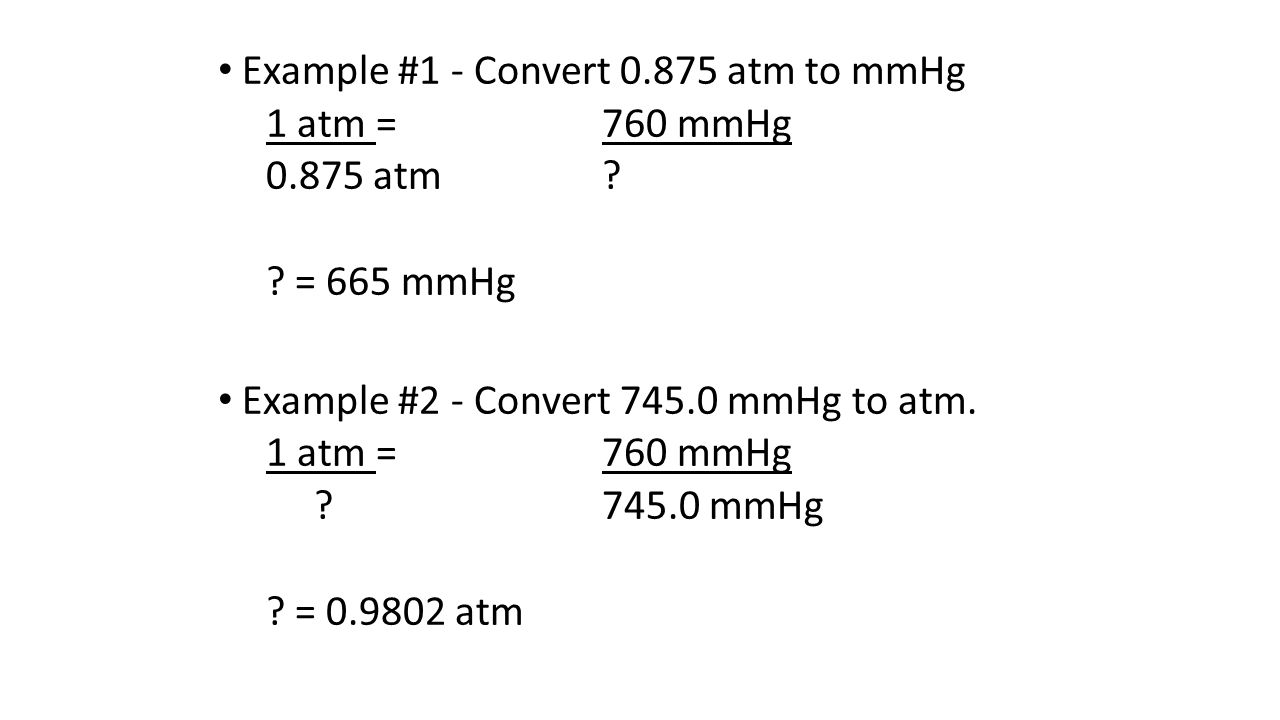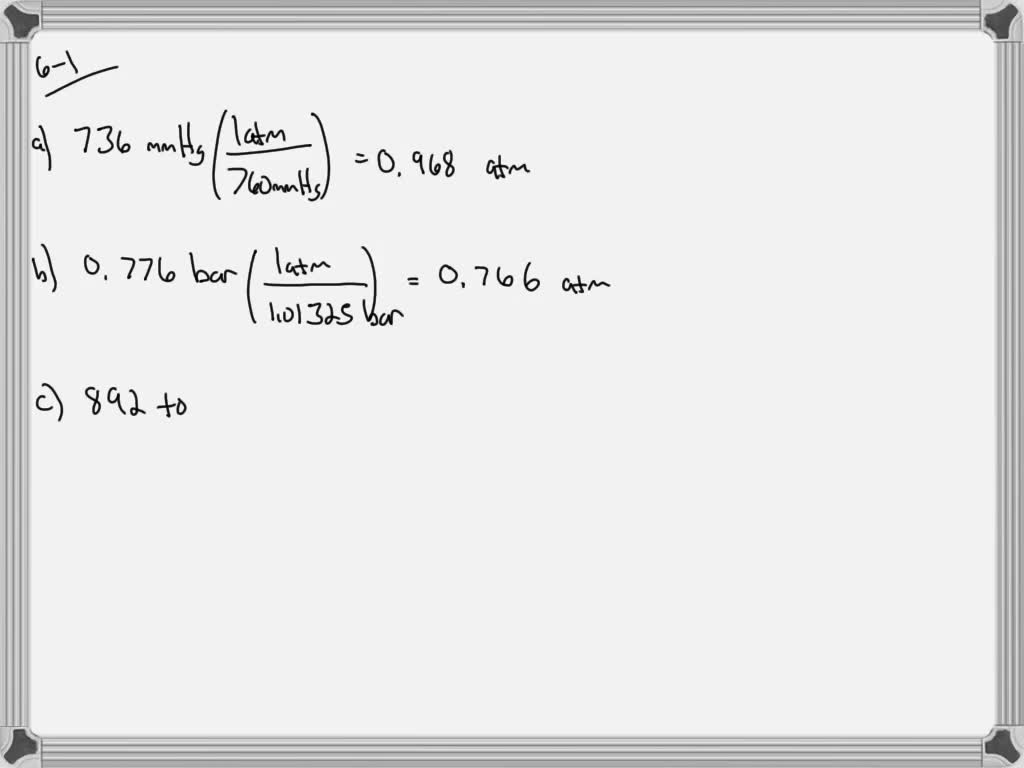
Though I think most just use these for the sake of easy math: What is the conversion of 870 mmHg into atm units?ĭoes millimetres of mercury (mmHg) = TorrĪre mmHg units really equal to Torr? I have the following information that appears to contradict this: Select a look up table for converting a pressure reading in millimetres of mercury column to other measurement units. These are the different versions used for identifying mmHg that you may find elsewhere. Acceleration = Standard Gravity = 9.80665 m/s².Density = Mercury Density at 0degC = 13595.1 kg/m³.


To convert into mmHg from other pressure units please follow the relevant link below. Please use the table below to find conversion factors in other units for 1 millimetre of mercury.

The conversion factors listed below are derived from mercury with a density of 13,595.1 kg/m³ and a local gravity of 9.80665 m/s². The pressure that is generated by a fixed height of mercury which will vary depending on the ambient temperature and local gravity, therefore it is not an absolute pressure conversion and the preferred reference values of temperature and density can vary from country to country. Electronic means of measuring blood pressure are now more commonplace but the units continues to be used by the medical profession. The mmHg pressure unit is mostly used in medical industry particularly for measuring blood pressure where traditionally a liquid manometer was used as part of blood pressure testing equipment. 1 millimeter of mercury equals 133.322… pascals. Millimeters of Mercury at a temperature of zero degrees Celsius is a small metric pressure unit which is derived from the hydrostatic pressure generated by a 1 mm tall column of mercury liquid.


 0 kommentar(er)
0 kommentar(er)
